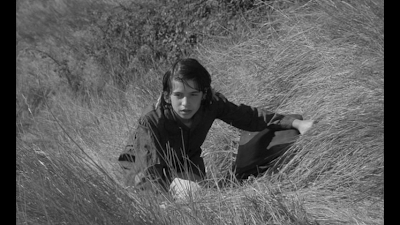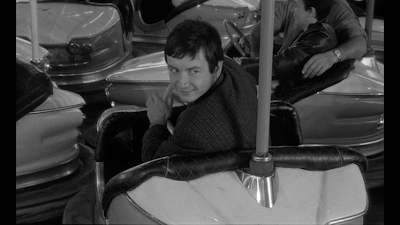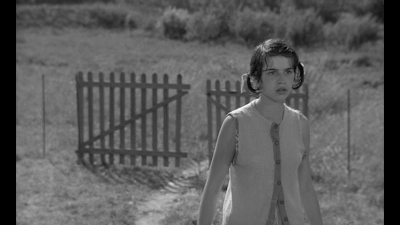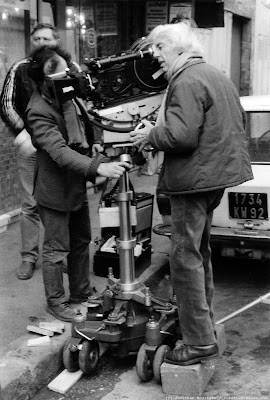Contemplate & Konangal present
Documentaries on Art

Henri Matisse
and
Louis Bourgeois
2nd April, 2001 5.45pm
Contemplate Art Gallery,
IIfloor, Rajshree Ford Bldg,
Avanashi Road
(opp) Krishnammal College
Documentaries on Art

Henri Matisse
and
Louis Bourgeois
2nd April, 2001 5.45pm
Contemplate Art Gallery,
IIfloor, Rajshree Ford Bldg,
Avanashi Road
(opp) Krishnammal College
(13 minutes – segment from Art 21 series)
A brief introduction to Louis Bourgeois. - renowned French-American artist and sculptor,best known for her contributions to both modern and contemporary art, and for her spider structures, titled Maman, which resulted in her being nicknamed the Spiderwoman. She is recognized today as the founder of confessional art.
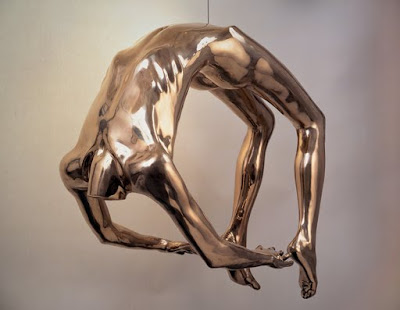 Louise Bourgeois was born in Paris in 1911 and died in 2010. Bourgeois studied math at the Sorbonne, then studied art at the Ecole des Beaux-Arts and the Grande Chaumiere in Montparnasse.
Louise Bourgeois was born in Paris in 1911 and died in 2010. Bourgeois studied math at the Sorbonne, then studied art at the Ecole des Beaux-Arts and the Grande Chaumiere in Montparnasse.Bourgeois has worked in marble, wood, paint, bronze, plaster and latex. In the In the late 1940s, after moving to New York City with her American husband, Robert Goldwater, she turned to sculpture. Though her works are abstract, they are suggestive of the human figure and express themes of betrayal, anxiety, and loneliness.
1940s, she produced several tall, thin wooden abstract sculptures. Her later work remains abstract but makes more overt references to the body.

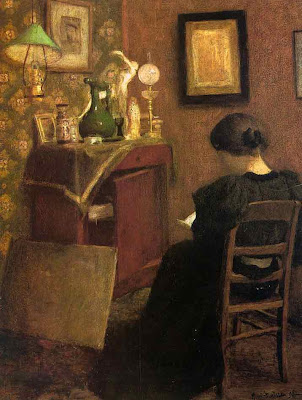 The art of our century has been dominated by two men: Henri Matisse and Pablo Picasso. They are artists of classical greatness, and their visionary forays into new art have changed our understanding of the world. Matisse was the elder of the two, but he was a slower and more methodical man by temperament and it was Picasso who initially made the greater splash.
The art of our century has been dominated by two men: Henri Matisse and Pablo Picasso. They are artists of classical greatness, and their visionary forays into new art have changed our understanding of the world. Matisse was the elder of the two, but he was a slower and more methodical man by temperament and it was Picasso who initially made the greater splash.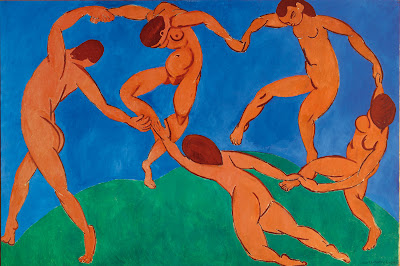 Matisse, like Raphael, was a born leader and taught and encouraged other painters, while Picasso, like Michelangelo, inhibited them with his power: he was a natural czar.
Matisse, like Raphael, was a born leader and taught and encouraged other painters, while Picasso, like Michelangelo, inhibited them with his power: he was a natural czar. Matisse's artistic career was long and varied, covering many different styles of painting from Impressionism to near Abstraction. Early on in his career Matisse was viewed as a Fauvist, and his celebration of bright colors reached its peak in 1917 when he began to spend time on the French Riviera at Nice and Vence. Here he concentrated on reflecting the sensual color of his surroundings and completed some of his most exciting paintings.
Matisse's artistic career was long and varied, covering many different styles of painting from Impressionism to near Abstraction. Early on in his career Matisse was viewed as a Fauvist, and his celebration of bright colors reached its peak in 1917 when he began to spend time on the French Riviera at Nice and Vence. Here he concentrated on reflecting the sensual color of his surroundings and completed some of his most exciting paintings. In 1941 Matisse was diagnosed as having duodenal cancer and was permanently confined to a wheelchair. It was in this condition that he completed the magnificent Chapel of the Rosary in Vence.
In 1941 Matisse was diagnosed as having duodenal cancer and was permanently confined to a wheelchair. It was in this condition that he completed the magnificent Chapel of the Rosary in Vence. Matisse's art has an astonishing force and lives by innate right in a paradise world into which Matisse draws all his viewers. He gravitated to the beautiful and produced some of the most powerful beauty ever painted. He was a man of anxious temperament, just as Picasso, who saw him as his only rival, was a man of peasant fears, well concealed.
Matisse's art has an astonishing force and lives by innate right in a paradise world into which Matisse draws all his viewers. He gravitated to the beautiful and produced some of the most powerful beauty ever painted. He was a man of anxious temperament, just as Picasso, who saw him as his only rival, was a man of peasant fears, well concealed.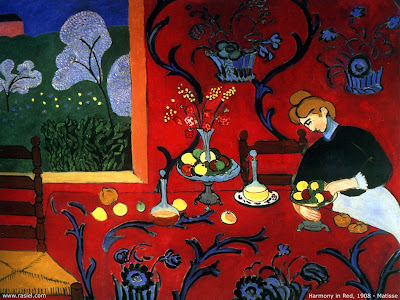 Both artists, in their own fashion, dealt with these disturbances through the sublimation of painting: Picasso destroyed his fear of women in his art, while Matisse coaxed his nervous tension into serenity. He spoke of his art as being like "a good armchair"-- a ludicrously inept comparison for such a brilliant man-- but his art was a respite, a reprieve, a comfort to him.
Both artists, in their own fashion, dealt with these disturbances through the sublimation of painting: Picasso destroyed his fear of women in his art, while Matisse coaxed his nervous tension into serenity. He spoke of his art as being like "a good armchair"-- a ludicrously inept comparison for such a brilliant man-- but his art was a respite, a reprieve, a comfort to him.(Soure:Internet)




